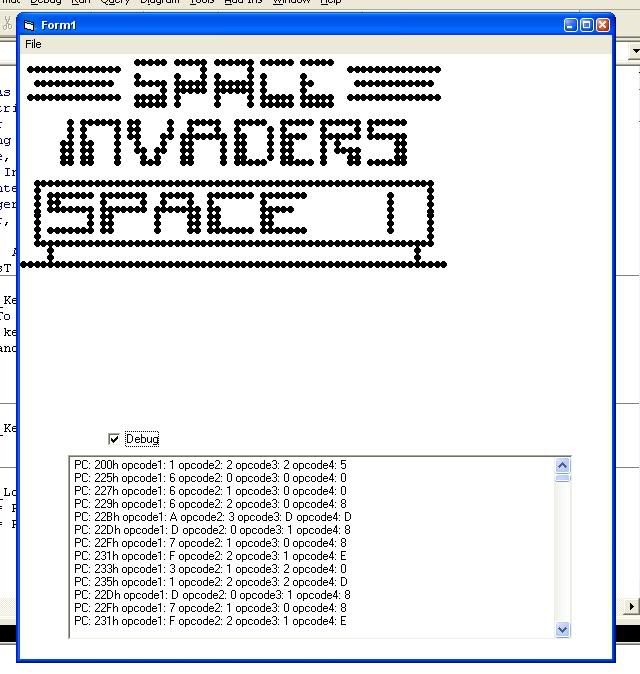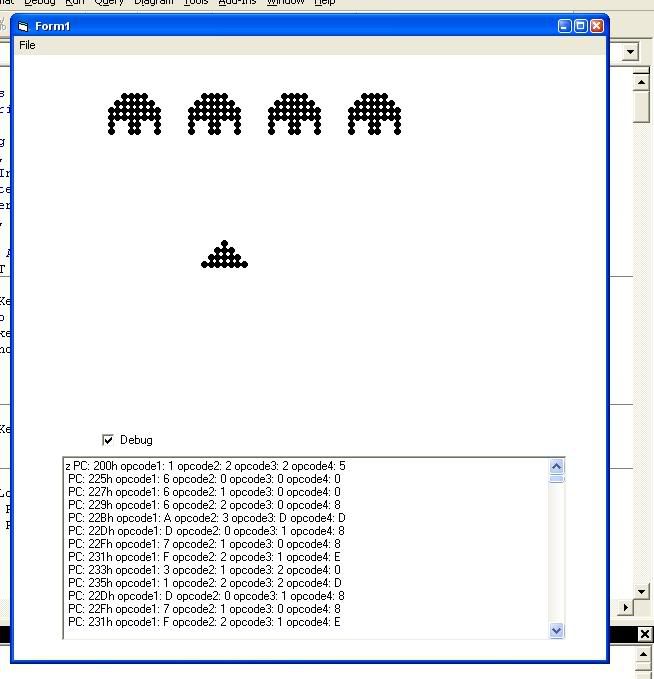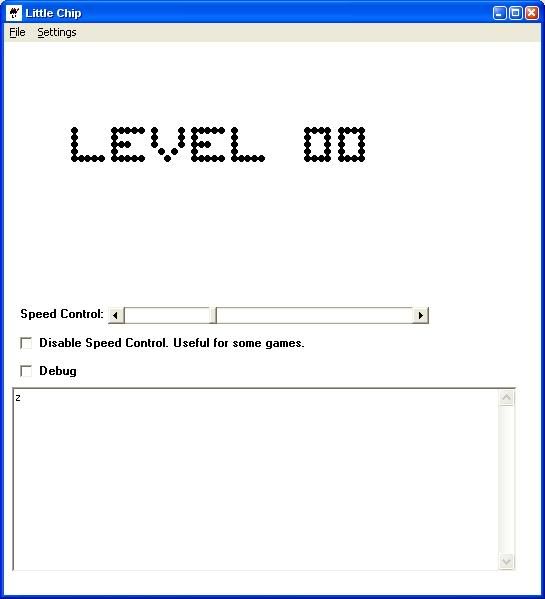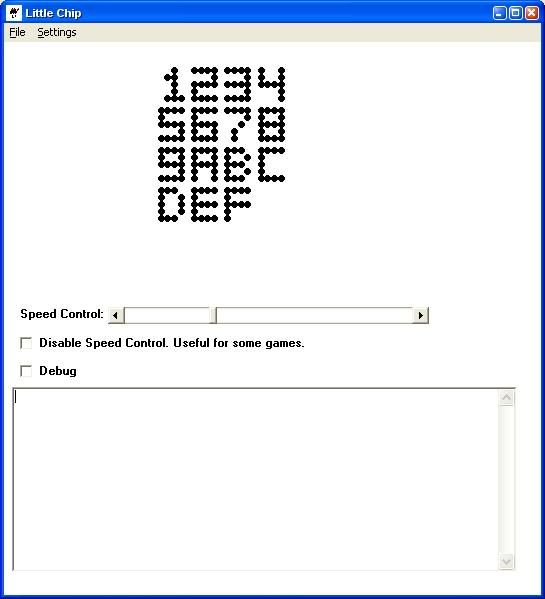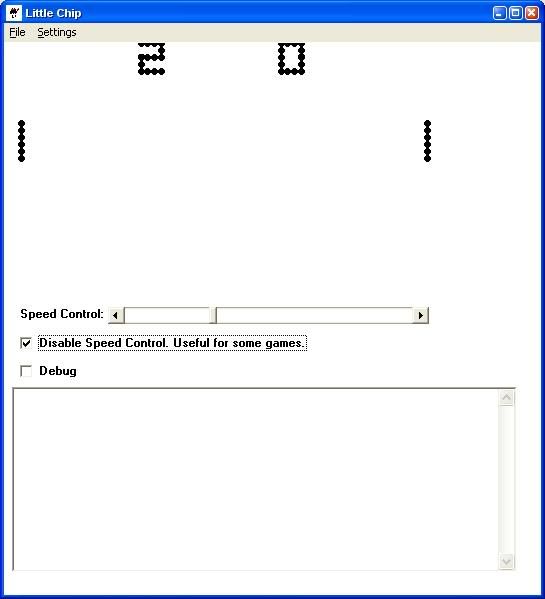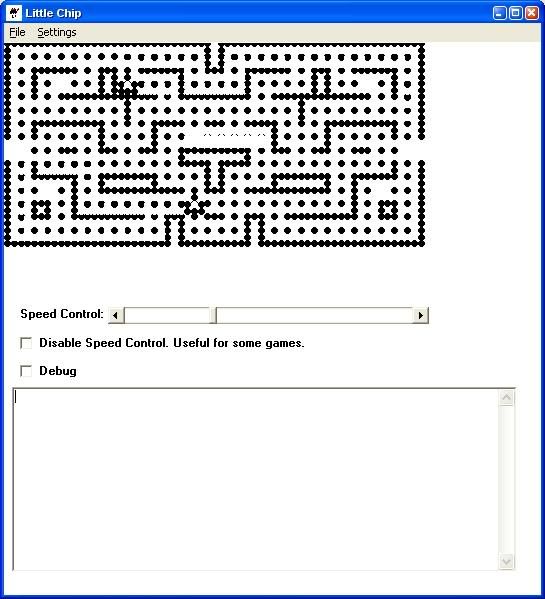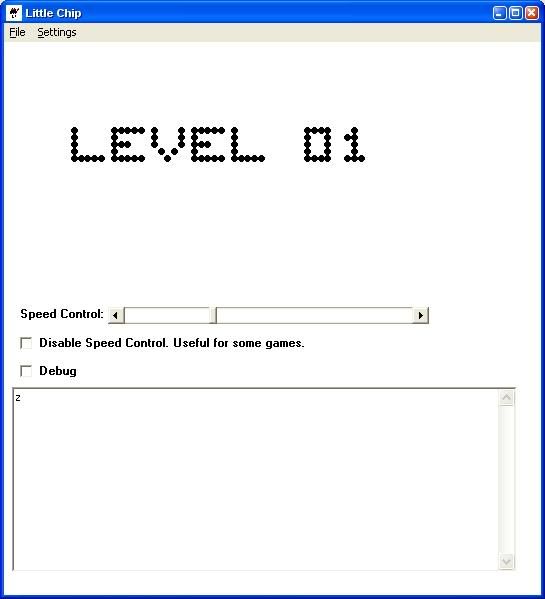; C8Dasm Version 1.0, Les Harris ([email protected])
; Input File: WIPEOFF (206 bytes)
ld I, 2CC
ld VA, #07
ld V1, #00
0206:
ld VB, #08
ld V0, #00
020A:
drw V0, V1, 1
add V0, #08
add VB, #FF
se VB, #00
jp 20A
add V1, #04
add VA, #FF
se VA, #00
jp 206
ld V6, #00
ld V7, #10
ld I, 2CD
ld V0, #20
ld V1, #1E
drw V0, V1, 1
0228:
ld V3, #1D
ld V2, #3F
and V2, V0
add V7, #FF
sne V7, #00
jp 2AA
ld VF, K
0236:
ld I, 2CB
drw V2, V3, 1
ld V5, #FF
rnd V4, #01
se V4, #01
ld V4, #FF
0242:
ld I, 2CD
ld VC, #00
ld VE, #04
sknp VE
ld VC, #FF
ld VE, #06
sknp VE
ld VC, #01
drw V0, V1, 1
add V0, VC
drw V0, V1, 1
sne VF, #01
jp 298
sne V2, #00
ld V4, #01
sne V2, #3F
ld V4, #FF
sne V3, #00
ld V5, #01
sne V3, #1F
jp 2A4
ld I, 2CB
drw V2, V3, 1
add V2, V4
add V3, V5
drw V2, V3, 1
se VF, #01
jp 242
sne V3, #1E
jp 298
ld VA, #02
ld ST, VA
add V6, #01
sne V6, #70
jp 2AA
drw V2, V3, 1
rnd V4, #01
se V4, #01
ld V4, #FF
rnd V5, #01
se V5, #01
ld V5, #FF
jp 242
0298:
ld VA, #03
ld ST, VA
ld I, 2CB
drw V2, V3, 1
add V3, #FF
jp 236
02A4:
ld I, 2CB
drw V2, V3, 1
jp 228
02AA:
ld I, 2CD
drw V0, V1, 1
ld I, 2F0
bcd V6, [I]
ld V2, [I]
ld V3, #18
ld V4, #1B
ld F, V0
drw V3, V4, 5
add V3, #05
ld F, V1
drw V3, V4, 5
add V3, #05
ld F, V2
drw V3, V4, 5
02C8:
jp 2C8
dw #0180
02CC:
sne V4, #FF
 ).
).

